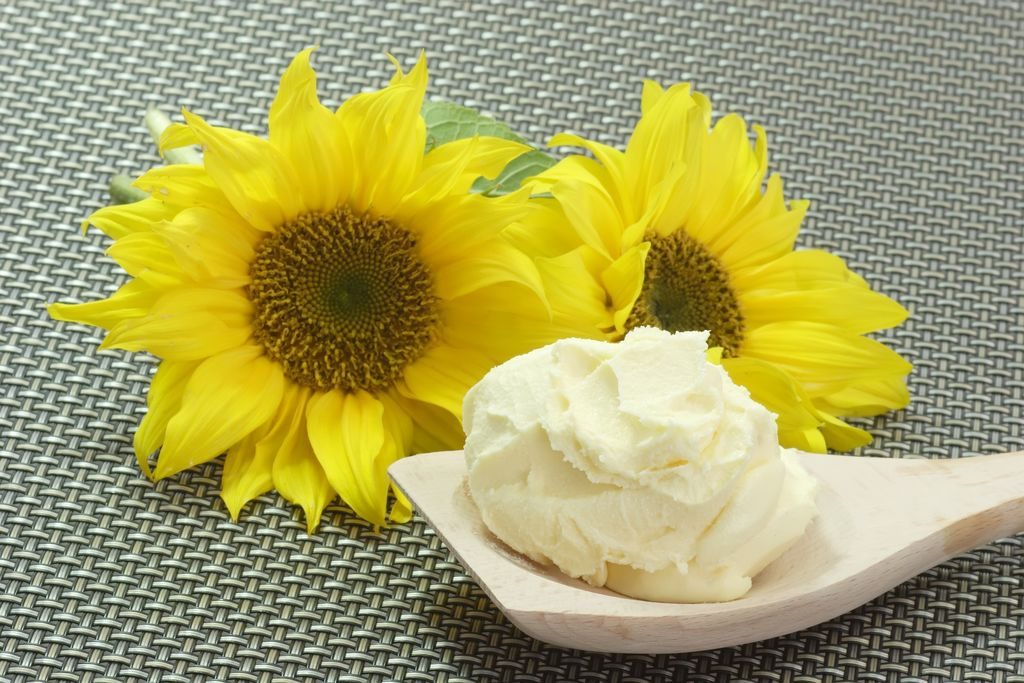Margarine
Margarine is a butter alternative used in baking, cooking or as a spread.

Margarine is a butter substitute, it has a similar texture and looks almost identical to butter. Its sold in both sticks and tubs. It’s used in cakes, cookies or just simply spread on toast.
The History of Margarine
Surprisingly margarine has quite an interesting history! invented by a man called Hippolyte Mège-Mouriès in 1869. The French government was looking for a cheaper and longer-lasting butter alternative for the food and the armed forces. The emperor at the time (Napoleon III) offered a reward to anyone who could come up with a suitable replacement.
The Differences Between Margarine and Butter
Butter and margarine serve the same purpose. They are both used in cooking, baking and as a spread but what is the difference between the two?
Butter is an animal product made by churning the fat in cows milk until it solidifies. It’s high in saturated fat and low in carbohydrates. For many years butter was considered bad for you because it saturated fat content. saturated fat was considered the main factor in people developing heart disease. However, recent studies have shown that the link between saturated fat and heart disease is small.
The main ingredients of margarine are vegetable oil, emulsifiers and some colourings. It is usually vegan and dairy-free. It is important to remember that each margarine producer makes their product differently so nutritional information may vary from brand to brand. Most contain polyunsaturated and monounsaturated fats. On the upside, most margarine contain good levels of omega-6 fatty acids
To summarise, butter and margarine have similar textures, tastes and they are used in similar ways. It really just comes down to what you prefer.




